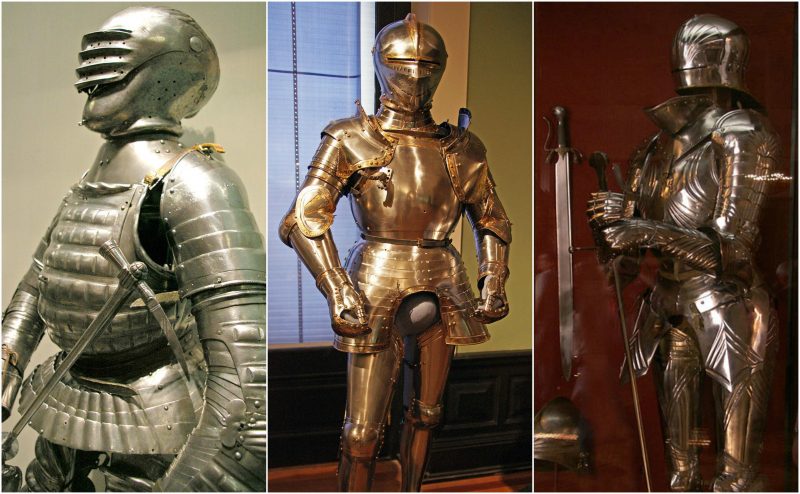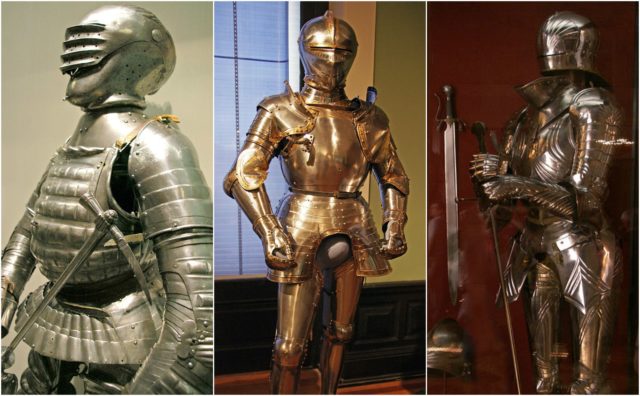
Maximilian armour is a modern term applied to the style of early 16th-century German plate armour associated with, and possibly first made for the Emperor Maximilian I. The armour is still white armour, made in plain steel, but it is decorated with many flutings that may also have played a role in deflecting the points and blades of assailants and strengthening the structural strength of the plates.
It is a transitional stage in the decoration of armour, after the plain steel surfaces of 15th-century armour and before the elaborate decoration and colouring with etching and other techniques of Renaissance armour. The armour is characterised by armets and close helmets with bellows visors; small fan-shaped narrow and parallel fluting—often covering most of the harness (but never the graves); etching; work taken from woodcuts; sharply waisted cuirasses, and squared sabatons.
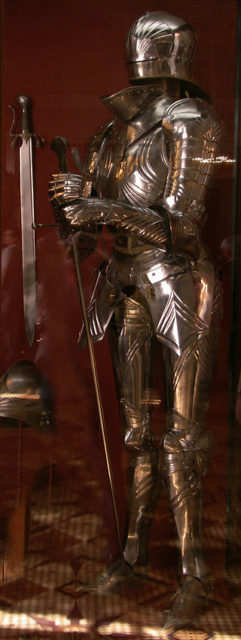
According to an alternative version, the name is related to Maximilian II, as the last Maximilian armour was made especially for him in 1557, seventeen years after it passed out of general use.
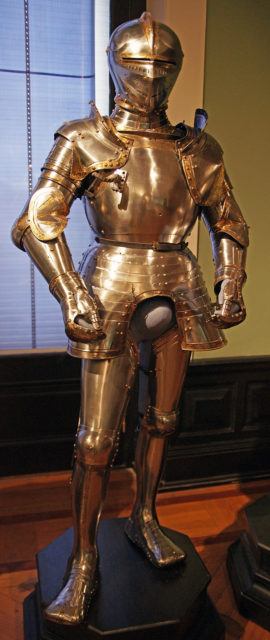
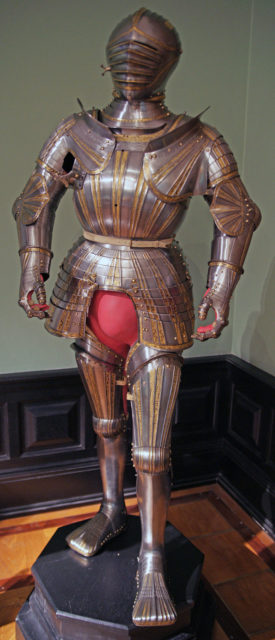
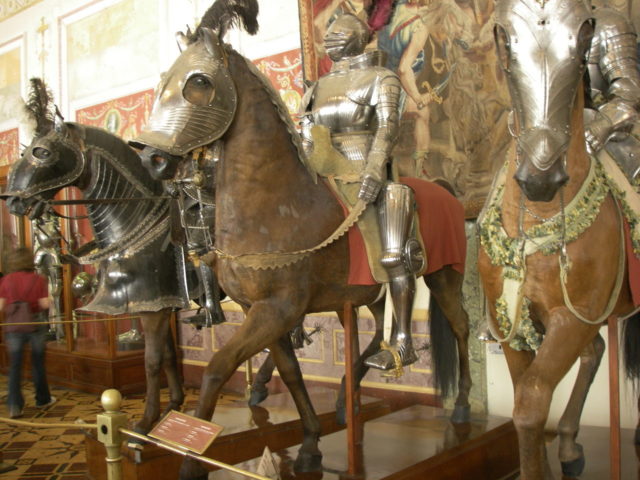
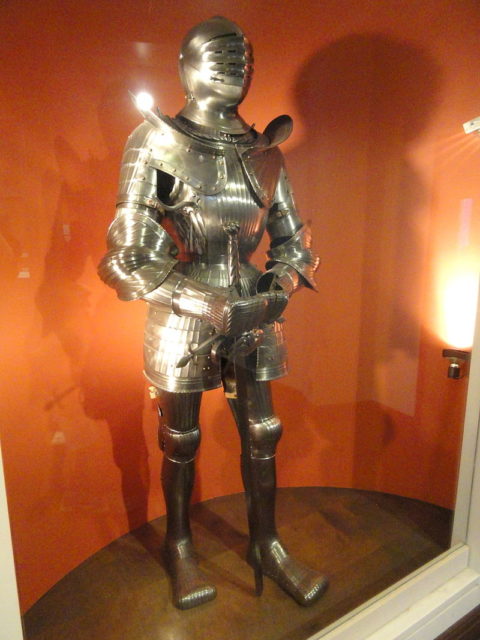
The armour was designed to imitate the pleated clothing that was considered fashionable in Europe at the time. Some armour combined long pleat-like fluting with lines of rectangular shapes imitating contemporary fabrics decorated with slashing or quilting. A trend that developed in 15th and especially 16th-century Europe was to create armour that not only provided the maximum amount of protection, but was also visually pleasing. Maximilian armour combined the rounded Italian style of armour with the German fluted style.
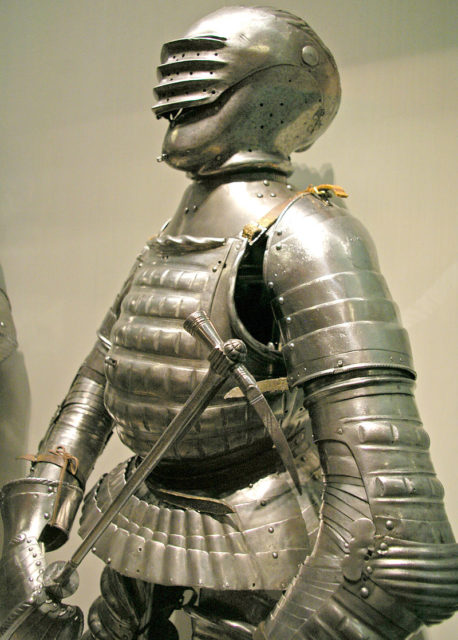
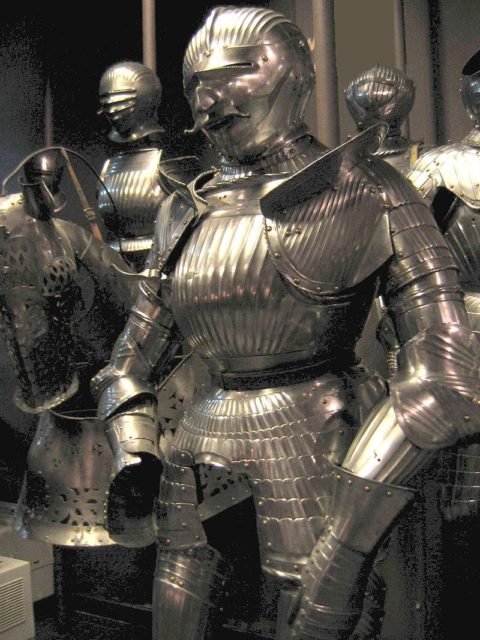
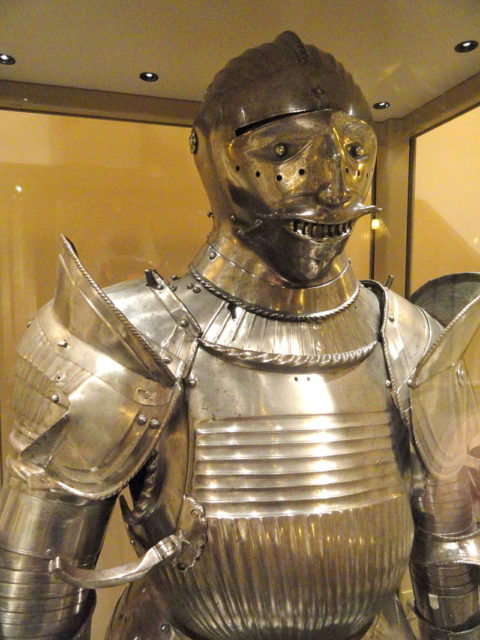
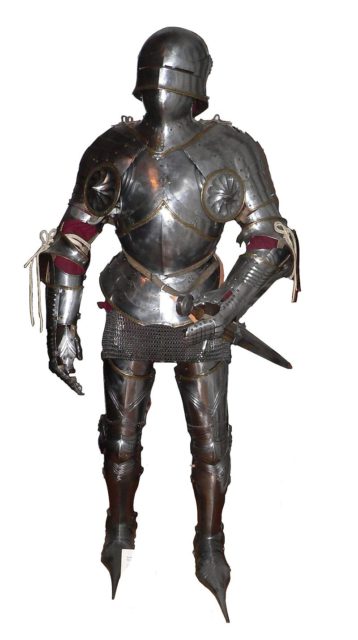
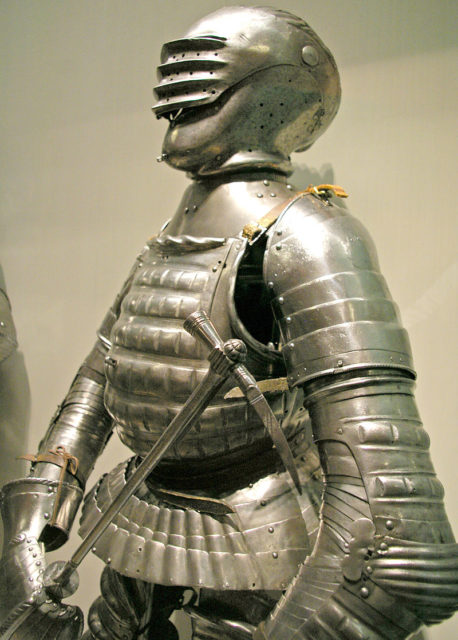
Early types of Maximilian armour with either no fluting or wolfzähne (wolf teeth) style fluting (which differs from classic Maximilian fluting) and could be worn with a sallet are called Schott-Sonnenberg style armour by Oakeshott. This transitional armour was worn from 1500 to 1520, and true Maximilian armour was worn from 1515 to 1525. Some other historians do not fully separate Schott-Sonnenberg style from Maximilian armour.
